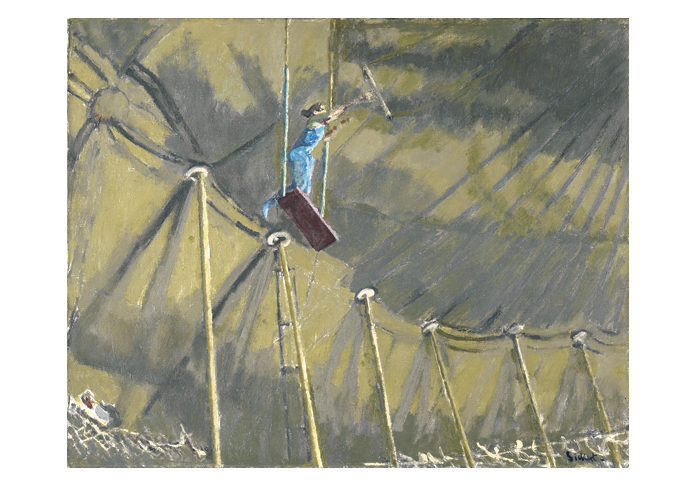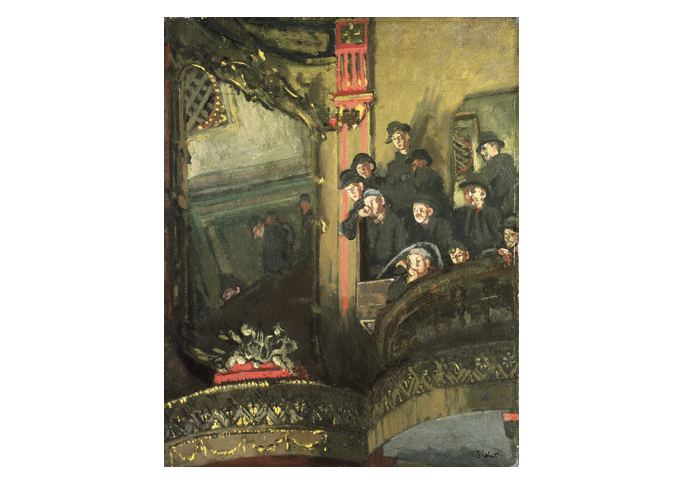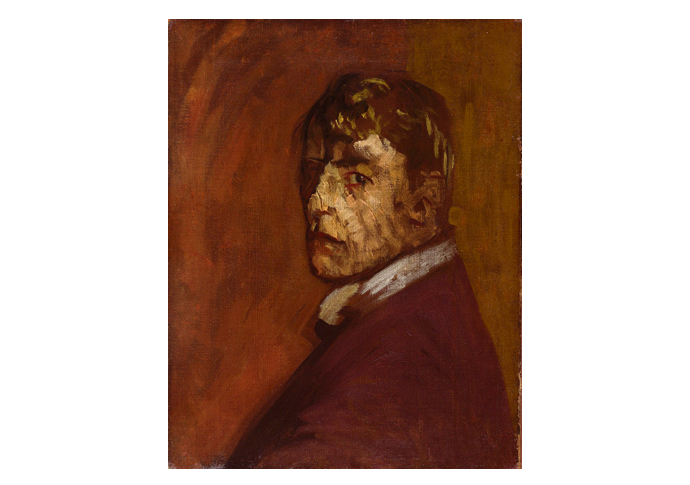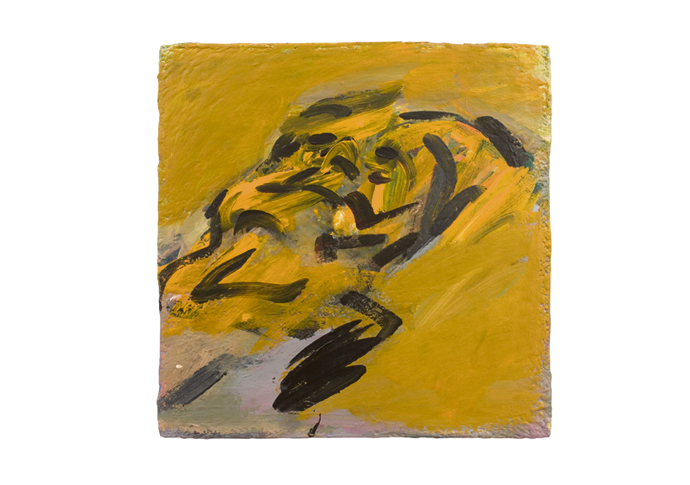A long look…
John Evans looks at the many facets of an enduring career
Thursday, 1st September 2022 — By John Evans

Walter Sickert, The Trapeze, 1920, Syndics of the Fitzwilliam Museum. University of Cambridge © Fitzwilliam Museum, Cambridge
THERE is still time to explore the capital’s largest retrospective of Walter Sickert’s work in almost 30 years.
The show at Tate Britain features over 150 of his pieces from more than 70 public and private collections and spans six decades of his long career.
There’s a fair amount of north London on show, notably with his Camden Town Murder series but also with other scenes such as Girl at a Window, Little Rachel, a portrait complete with a view through the French window of Sickert’s front room in Mornington Crescent in 1907 and the “Old Bedford” in the high street.
The exhibition explores “the changing nature of his work – from an impressionistic approach in the 1880s to a pioneering use of photography in the 1930s – and how he returned over and over to locations and subjects, including his penetrating self-portraits”. There are 10 of these self-portraits to be seen here, again spanning the decades.

Walter Sickert, Gallery of the Old Bedford, 1894-5, purchased by the Walker Art Gallery in 1947
Sickert (1860-1942) was born in Munich and moved to London as an eight-year-old. After first pursuing a career as an actor he studied art under James McNeil Whistler (1834-1903) for whom he also worked. Both his interest in the stage, music halls and later celebrity are explored, as well as the importance of his relationship with his mentor Whistler. There are some 30 innovative and atmospheric images of the music halls of London and Paris and some of the stars of the time. There’s more than a hint of influence from both Manet and Degas in some of Sickert’s paintings.
The Tate notes that Sickert’s nudes were more accepted in France than Britain, being considered immoral because of how he rendered the subjects and used “contemporary settings and voyeuristic framings”.
The murder series is particularly illuminating in that respect and the Tate adds, “further transformed Sickert’s nude subjects into narrative paintings by juxtaposing two figures in a claustrophobic interior”.

Walter Sickert Self-portrait, c1896, Leeds Art Gallery © Bridgeman Images
Co-curator Emma Chambers, in a lavish book accompanying the exhibition, cites Lucian Freud and Francis Bacon among those directly influenced by these and she notes, too, Sickert’s fascination with “popular culture”.
She says the artist “deliberately took advantage of the controversy and popular interest in the murder…” which had occurred in Camden in 1907, in creating and naming the series.
And in another essay in the book Anna Gruetzner Robins examines the artist’s life in relation to the infamous Whitechapel murders and suggests: “Sickert’s identification with Jack the Ripper was deeply embedded in his psyche, but it does not mean that he was the killer. The endless press reports undoubtedly incited his interest”.
The press also featured in Sickert’s late works, many larger and brighter paintings based on news photographs and popular culture.
Again this is seen as paving the way, for example, for Francis Bacon’s use of source material and to pop art’s transformation of images from the media; and showing “Sickert’s role at the forefront of developments in British art”.
• Walter Sickert is at Tate Britain, Millbank, SW1P 4RG until September 18.
Auerbach portraits

Frank Auerbach, Reclining Head of Julia, 2020. Image courtesy of Piano Nobile
LATER this month Piano Nobile will open an exhibition of more than 40 portrait paintings and drawings, by Frank Auerbach, an overview of the artist’s work from 1956 to 2020.
It’s billed as the most significant display of the 91-year-old, Mornington Crescent-based artist’s work in London since the Tate Britain exhibition in 2015.
Most are loans from private collections and have not been seen in public for 40 years “…including several last shown in Auerbach’s 1986 Venice Biennale exhibition”.
• Frank Auerbach | The Sitters will run at Piano Nobile, 96/129 Portland Road, W11 4LW, from September 23 to December 16.